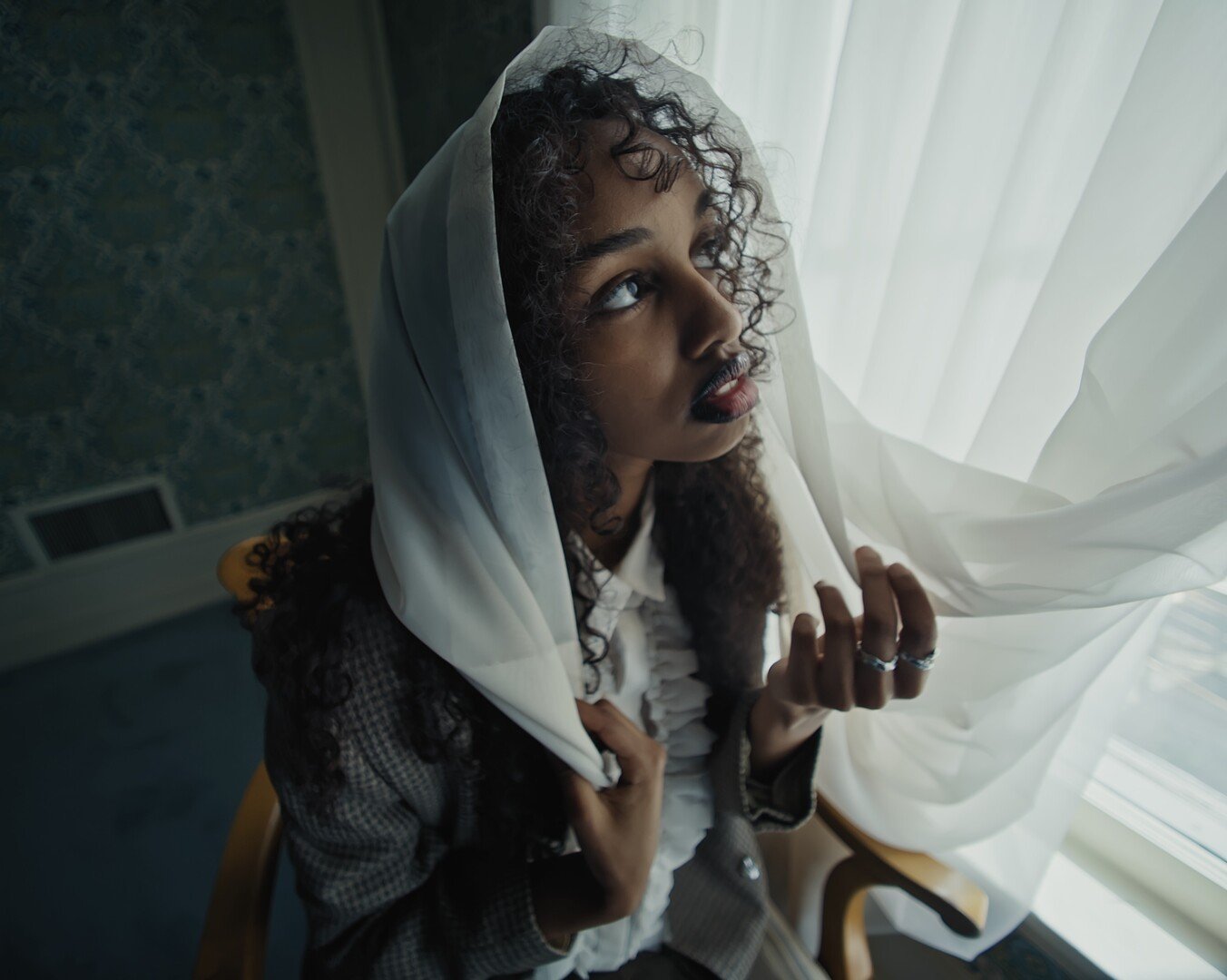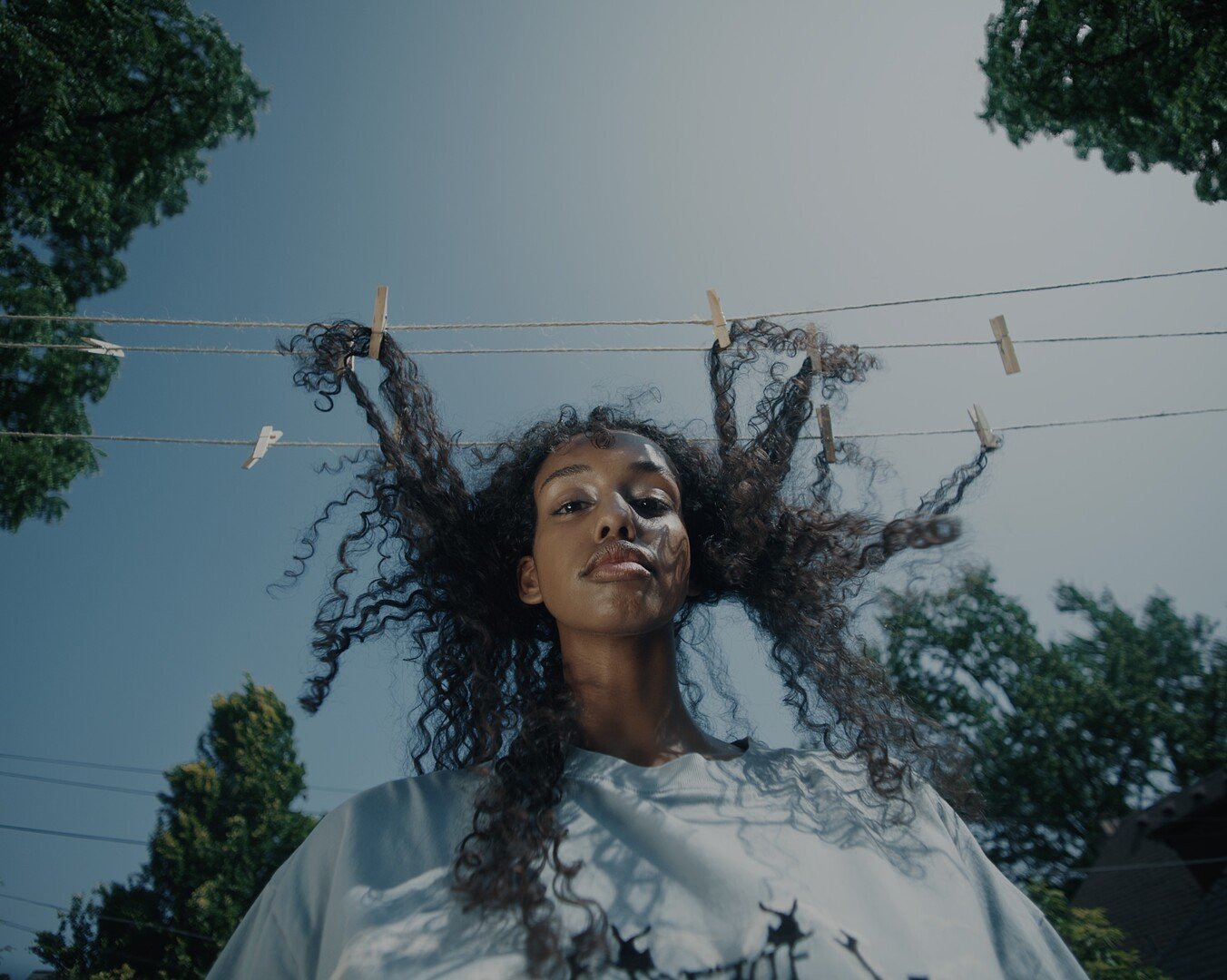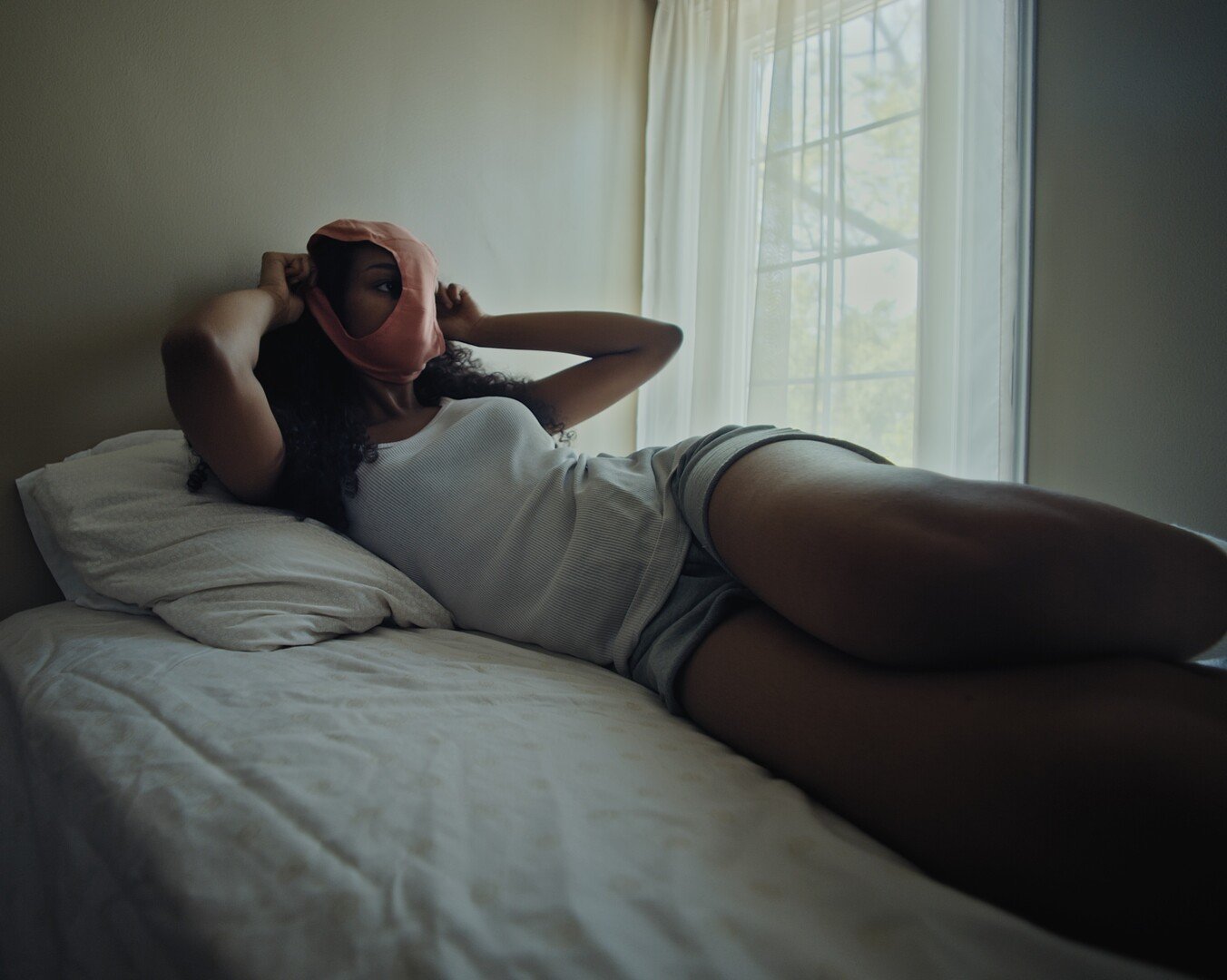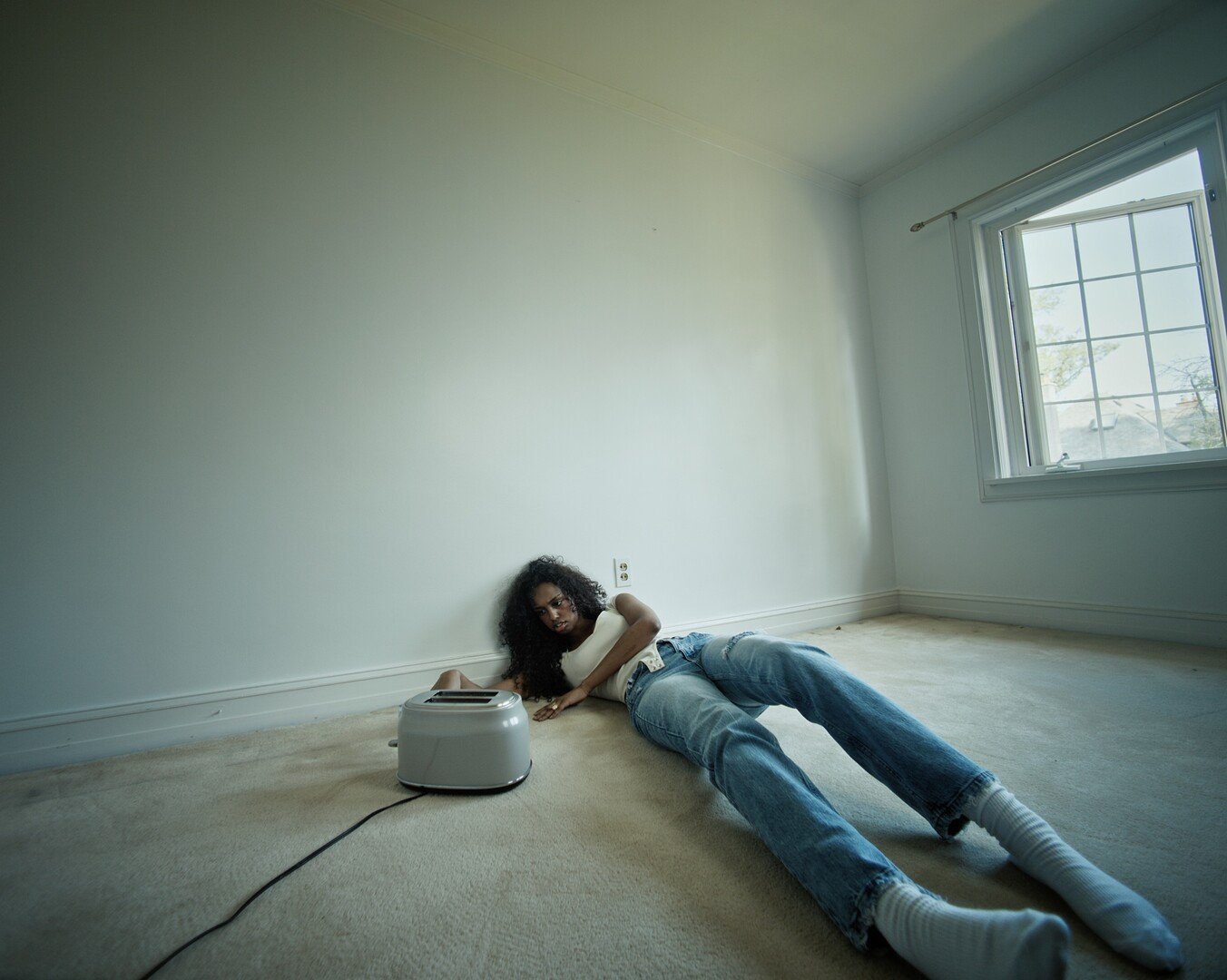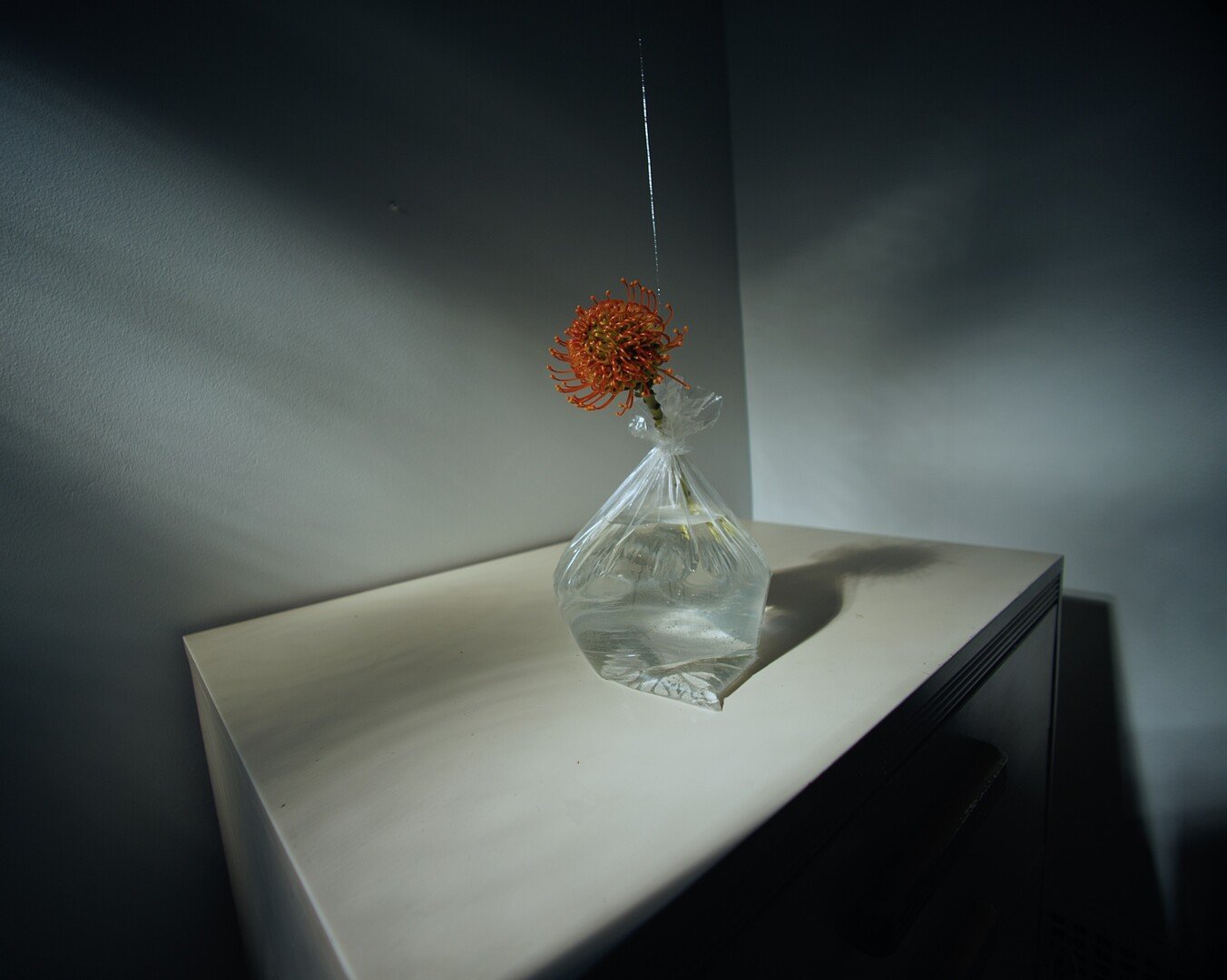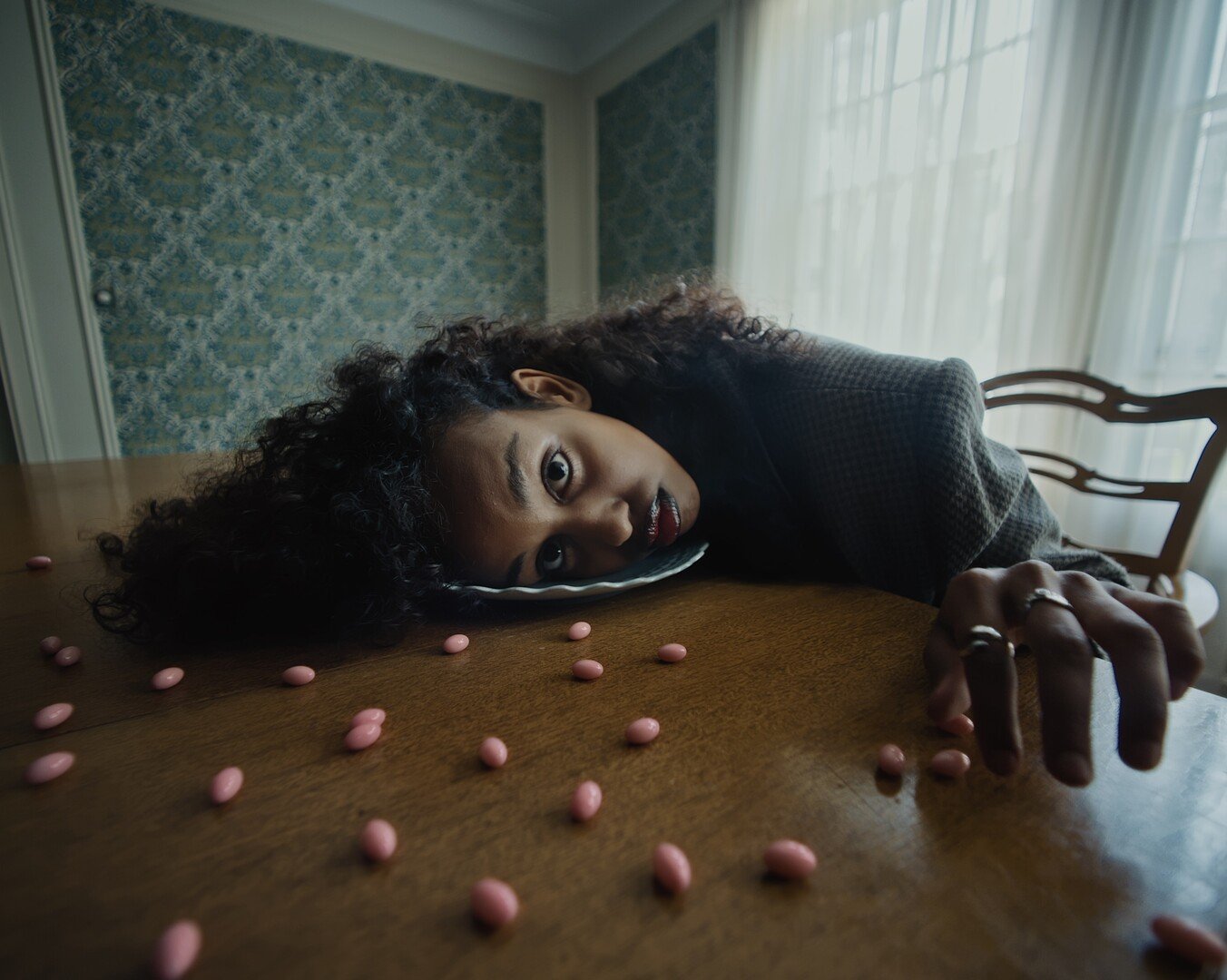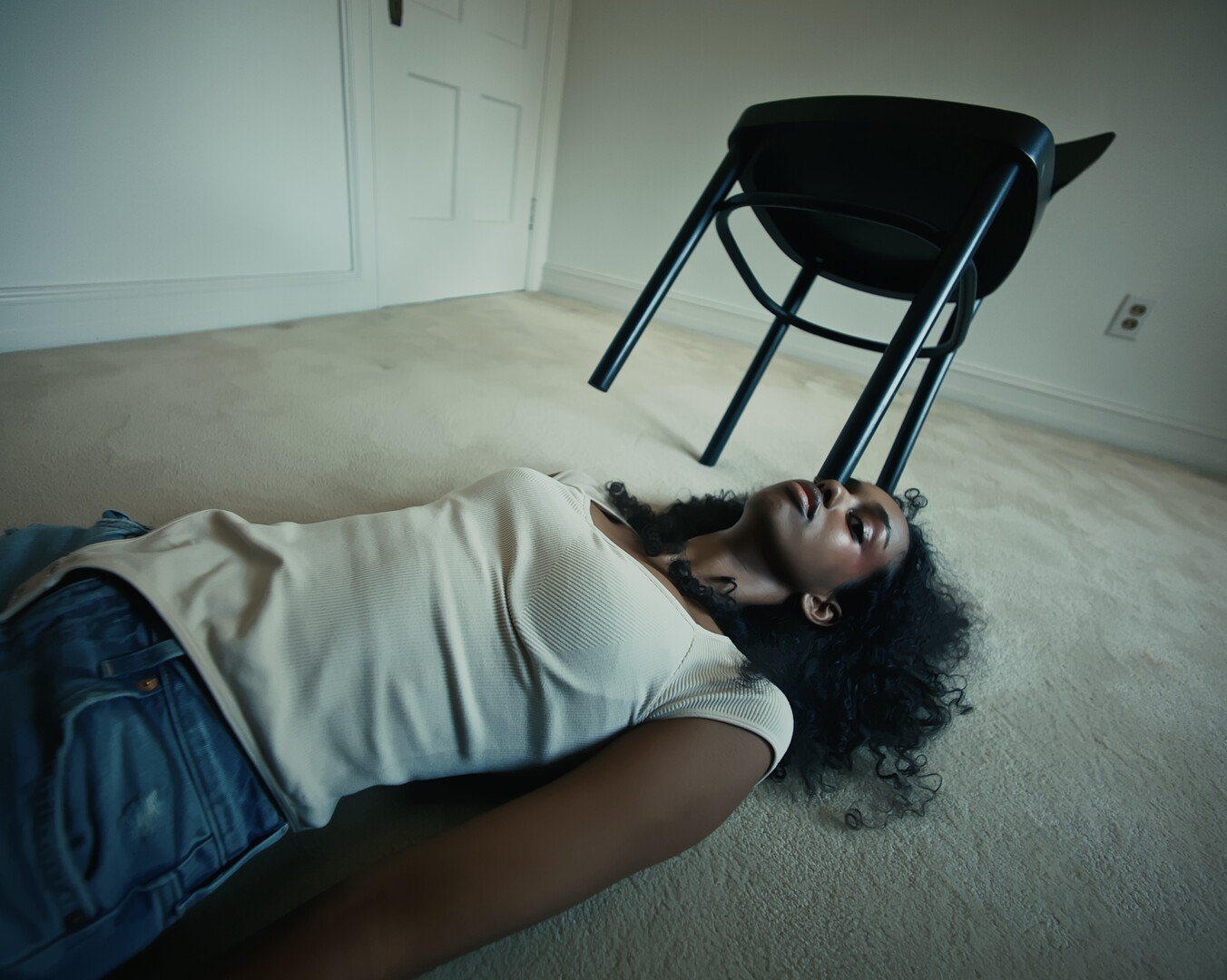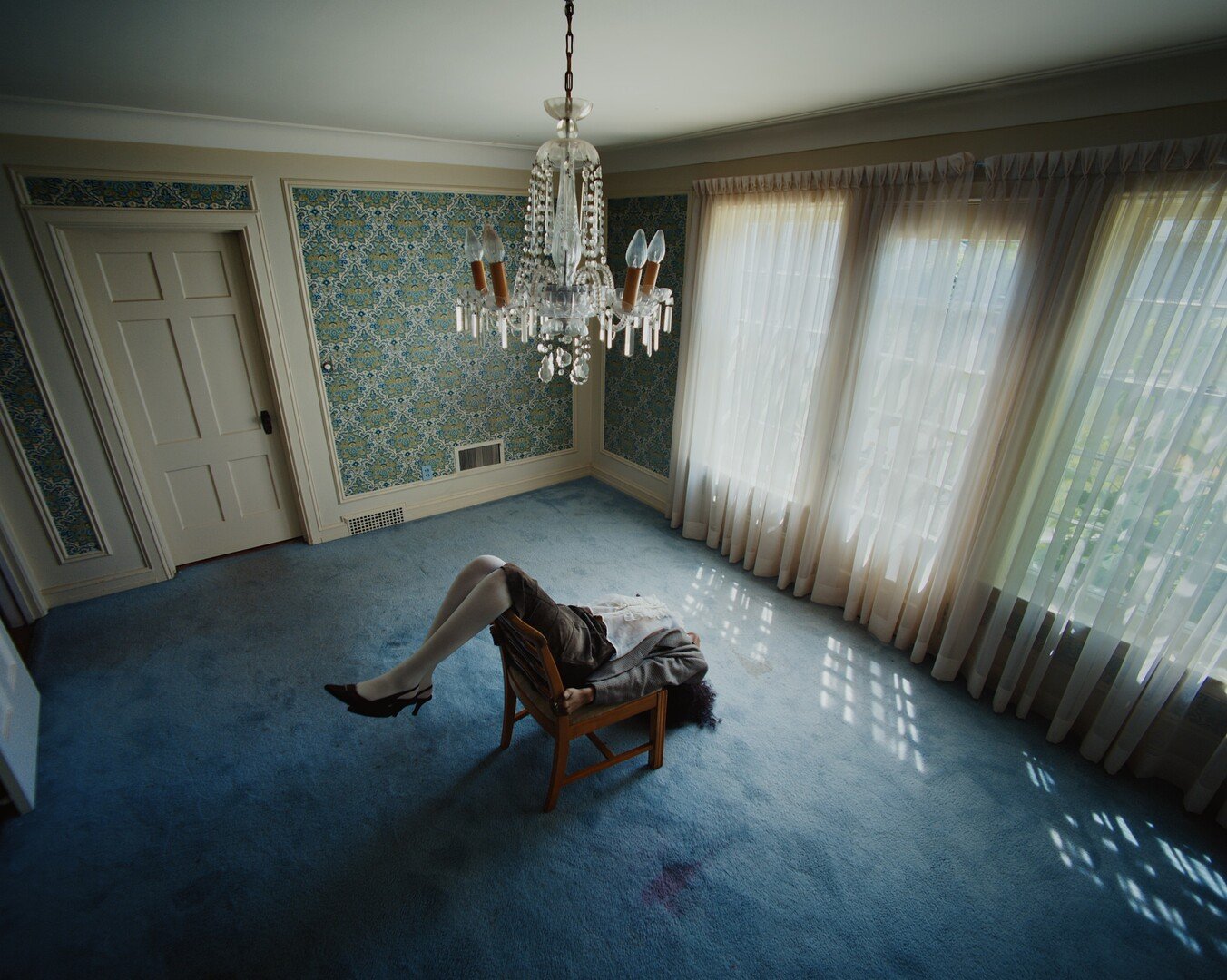The List of Stupid Questions I Ask Myself When I’m High
A moment of self-reflection
Directed by Sergii Shevtsov
Director Sergii Shevtsov, approximately a year and a half prior to the onset of the conflict in Ukraine, took some time to explore his concerns related to his career, relationships, societal and global standing, as well as the essence of creativity. The result was the creation of a short film titled The List of Stupid Questions I Ask Myself When I’m High, in which he approached his anxiety and depressive thoughts with a self-ironic perspective. The short film draws inspiration from fashion photography, cinema, and memes, aiming to create visual representations of these questions that resembled “homemade metaphors".
Your film explores a surreal space where time stands still, blending spontaneous musings with bold visual moments. How did you develop the creative approach to visually represent the list of stupid questions?
My experience in advertising was instrumental. Genre-wise, this work could be termed a manifesto; at least, it possesses attributes of a manifest—each thought has a visual image, and when combined, they create a new, third meaning. Working in this genre, I typically start with the text. The list of stupid questions was initially much longer, but during the process, it was filtered, retaining only questions with insightful potential—those that people could resonate with. Manifestos often depict various characters in diverse locations, shot in different techniques. I wanted to do the opposite—show one protagonist in one location. The idea then emerged to illustrate these thoughts using surreal everyday visual metaphors—something happening at home without any interference, yet appearing somewhat peculiar, giving the work its unique character.
You drew inspiration from fashion photography, cinema, and memes for this project. How did these diverse influences contribute to shaping the visual language of your film? Are there specific artists or works that had a significant impact on your creative process?
Everything you see in the film was consciously taken from somewhere before this. I wanted to act as a medium for existing ideas, creating my canvas from pieces of others. The source of the idea doesn't matter to me; some were taken from memes on Instagram, and their authors remain unknown to me. I would consider Canada’s Creme Caramel as my main genre inspiration. In terms of "home-made surreal metaphors," I drew inspiration from Lukasz Wierzbowski's photography.
The protagonist in your film is taken into the recesses of her mind to ponder life's big questions. How did you work with the cast to convey the introspective and surreal aspects of the narrative? Were there any challenges or memorable moments during the filming process?
I spent quite some time searching for an actress who could embody the character I envisioned. After talking to dozens of candidates with no success, I found Mal on Instagram. Her sad, somewhat bewildered expression immediately clicked with me, and she turned out to be the perfect fit. It was her first acting experience, and I consider it an incredibly successful debut. Mal is very professional, and working with her was a pleasure.
The most significant fact is that Mal, in real life, is the complete opposite of her character—at least in terms of the personality you see in the work. She is incredibly energetic, funny, and amusing. A separate video could be edited from her singing between takes.
“The idea then emerged to illustrate these thoughts using surreal everyday visual metaphors”
Your film explores the recognition of anxieties, depression, and the absurd questions that often arise in our private moments. What kind of audience reception do you hope to achieve with this work?
Perhaps the most desired audience reaction is when they recognise themselves in this work. It warms my heart when someone finds humor in this work, even if it's sometimes sad. Self-irony, though occasionally melancholic, is essential to me.
Collaborating with cinematographer Luke McCutcheon, you aimed to capture relatable imagery that borders on the surreal. Can you share insights into your collaborative process and how the visual elements were carefully crafted?
Without Luke, this work wouldn't exist. In a rather challenging period of my career, I met Luke, who inspired me to revive this idea from notes on my phone and bring it to completion. Luke made me believe that we could do this independently at the level of quality we aspired to. Luke's energy, belief in the project, dedication, and willingness to engage in any process were crucial for this work to see the light. The project's workflow was pretty much what you'd call traditional: we had lengthy discussions about ideas, swapped references, went location scouting together, combed through thrift shops for just the right props, did fittings at Luke's place, and worked out the shooting schedule collaboratively. Luke even enlisted the support of his father, Sean McCutcheon, a literary editor, who played a significant role in refining the text you hear in this work.
Written and Directed by: Sergii Shevtsov @hi.sergii
Director of Photography: Luke McCutcheon @lukefmccutcheon
Producers: Sergii Shevtsov, Luke McCutcheon
Talent: Mal @mmalhvx
AD and Set Designer: Anastasiia Telpys @nastyatelpys
AD and Set Designer: Polina Krykun @by_apollinariya
1st AC: Alex Clark @alexclark.mp3
2nd AC: Mariné Oh @marineofalltrades
Gaffer: Alex Poutiainen @alexlovepoutine
Key Grip: Nazar Zhezhera @nazarshade
HMU Artist: Nate Palacios @beautybynate
Stylist: Liam Palacios-Medina @liampalacioss
Stylist Assistant: Riwa Ismail @riwwwaaa
Colourist: Olha Korzhynska @olha.colourist
Post-Production: Ted Husband @teddyhuzz
Text Editor: Sean McCutcheon
Graphic Designer: Anastasiia Telpys
Composer: Francesco Costanza @francescocostanzamusic
Voice: Xena Rose @ms.xenamusic
Foley Artist: Roman Anisovych @drum_rio
Sound Designer: Andriy Biliakov @belyakoff13
Mixing and Post-Production: Cavemen Records @cavemen.records

